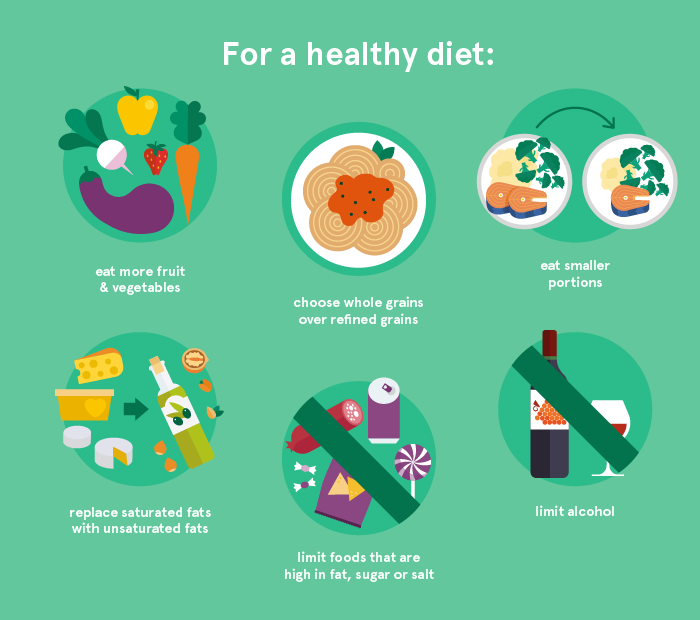The next time you find yourself snacking, ask yourself if you are actually hungry. With such hectic schedules, it’s no surprise that we are out of touch with our body’s hunger and satiety signals. There are vending machines around every corner, snacks at your coworker’s desk all the time, and that ice cream bar waiting for you at the 7-11 down the street. We no longer ask ourselves: “ Am I actually Hungry?”
Sometimes we eat to satisfy hunger, and sometimes we eat to satisfy our appetites, and it’s vital to understand the difference.
What’s the difference between hunger and appetites though? Your appetite is a psychological desire to eat. It’s what’s at work when you’re not really hungry, but you still want to eat because you are bored, angry, or just because the food is there. You look around and those cookies at your coworker’s desk start speaking to you. Hunger is physical and is controlled by physiological conditions like blood sugar level or the emptiness of your stomach.
This is where the Hunger Scale comes in. It is a tool that can help you learn how to eat only when you’re actually hungry and stop as soon as you start to feel full.
What is the Hunger Scale?
The hunger scale is from a scale of 1-10, with 1 being “ravenous” and 10 being “overly stuffed”.
1 – BEYOND HUNGRY: You may have a headache. You can’t concentrate and may feel dizzy. You are totally out of energy and need to lie down.
2 – UNCOMFORTABLY HUNGRY: This is where you are “Hangry” – you are irritable and cranky with little energy.
3 – VERY HUNGRY: The urge to eat is strong. You are feeling an emptiness in your stomach.
4 – A LITTLE HUNGRY: You start to think about food. Your body is giving you the signal that you might want to eat.
5 – NOT FULL BUT NOT THAT HUNGRY: Your body has enough fuel to keep it going and is physically and psychologically just starting to be satisfied.
6 – SATISFIED AND LIGHT: You are fully at the point of satisfaction.
7 – COMFORTABLE BUT SLIGHTLY TOO FULL: You’re past the point of satisfaction, yet you can still “find room” for a little more. Your body says “no” and your mind says “yes” to a few more bite.
8 – VERY FULL: You are actually starting to hurt. Maybe you shouldn’t have had more, but it tasted just OH SO GOOD.
9 – TOO FULL: The after-effects feel really uncomfortable. Maybe you didn’t eat all day to leave room for this meal and you feel heavy, tired, and bloated. You just want to go to bed at this point.
10 – THANKSGIVING DINNER FULL: This is a typical Thanksgiving Dinner feeling – you are physically miserable, don’t want to or can’t move, and feel like you never want to look at food again.
What do you do with the Hunger Scale?
Next time you eat, rank your hunger level right before you start to eat. Halfway through your meal, rank your hunger again using the same scale, and if you find yourself at a “5”, “6” or “7”, put your fork down and stop eating. Most people enjoy their food and are most comfortable when they are between a “3” and a “6” on the hunger scale.
So…avoid getting down to “1” or “2” of your hunger scale because you are more likely to overeat, get to “8”, “9” or “10” on the scale, and hate yourself.
What should I eat when I’m ACTUALLY hungry?
Before you decide to run down to that 7-11 store, grab some water first since we often confuse our thirst with hunger. Then if you are ACTUALLY ACTUALLY hungry, always pair carbohydrates with a protein. So instead of just eating an apple, have your apple with some peanut butter. Instead of having just crackers, pair it with cheese. You are more likely to be fuller for longer!
So now the question is..are you hungry? Or ACTUALLY ACTUALLY hungry?


